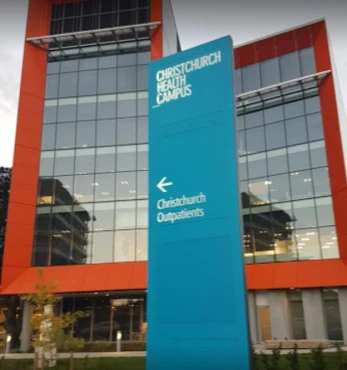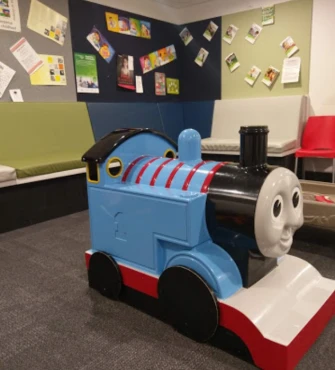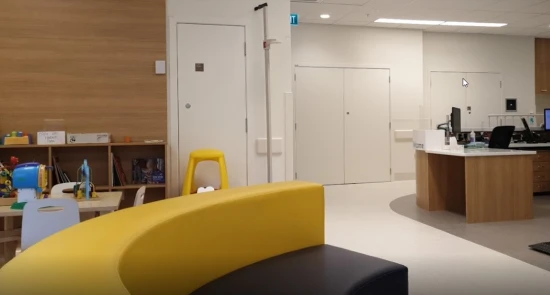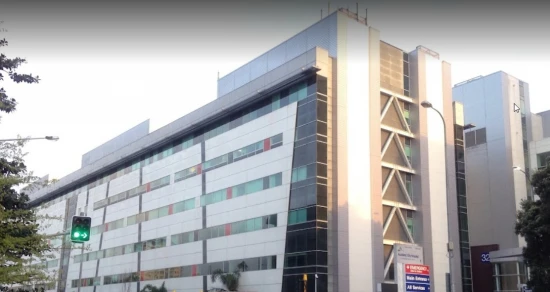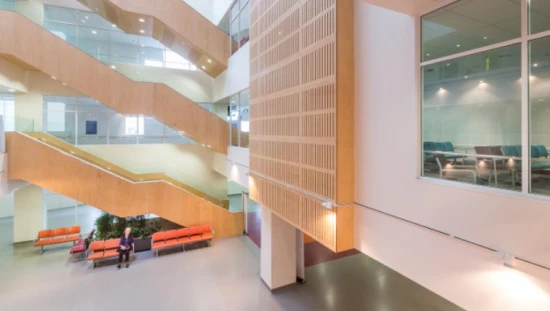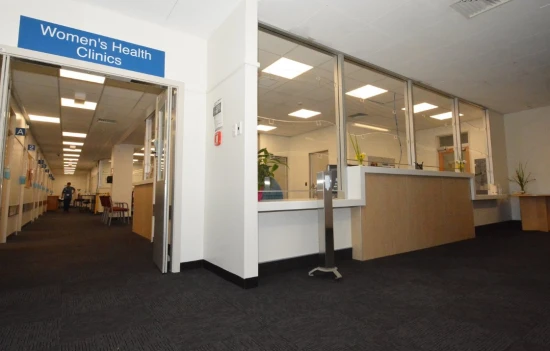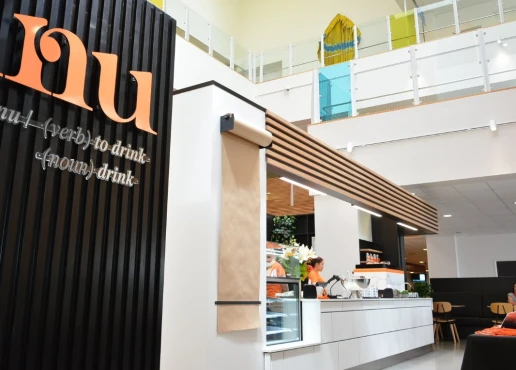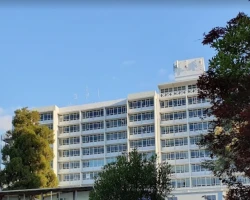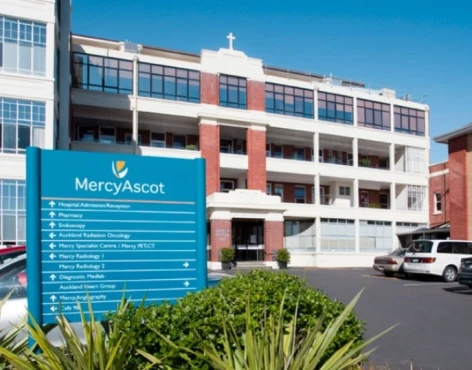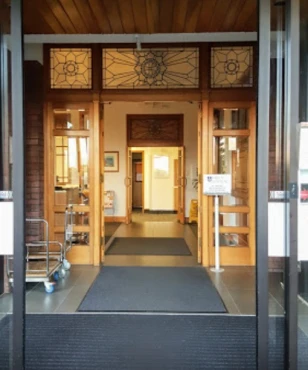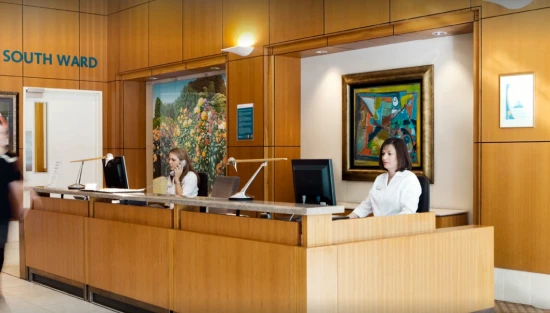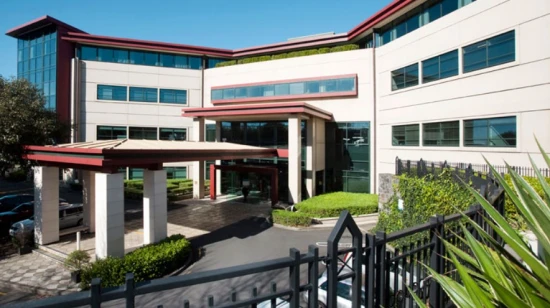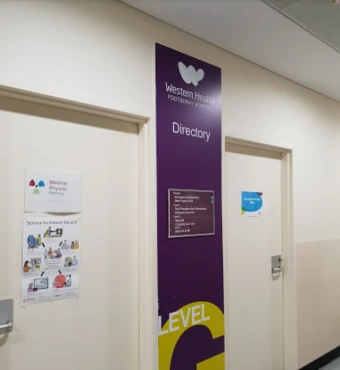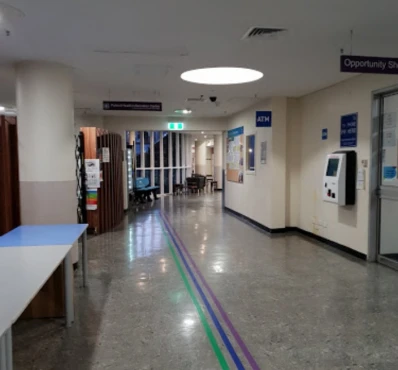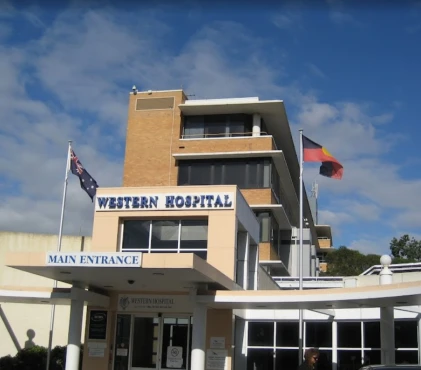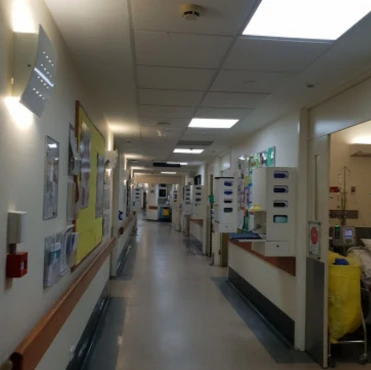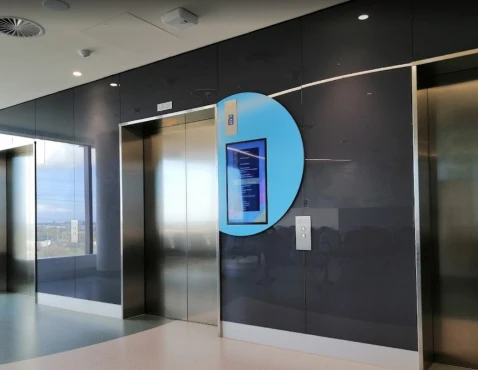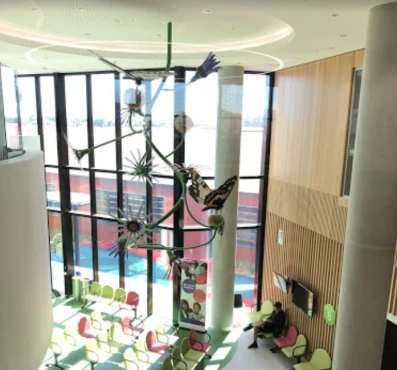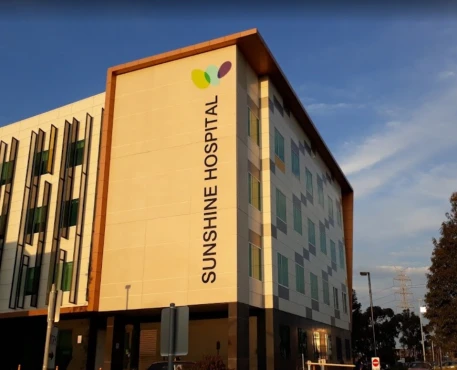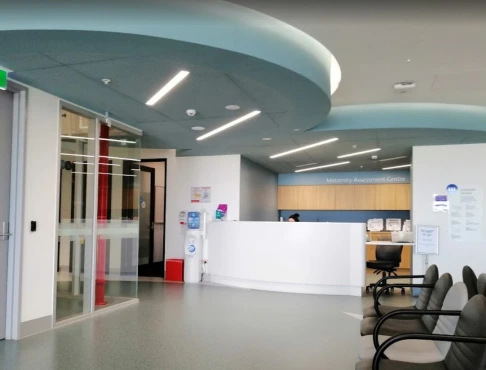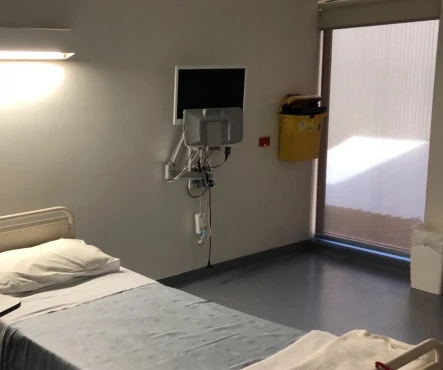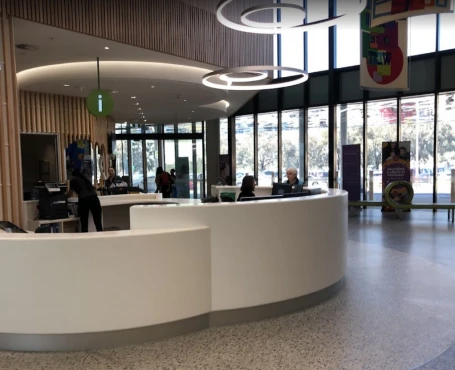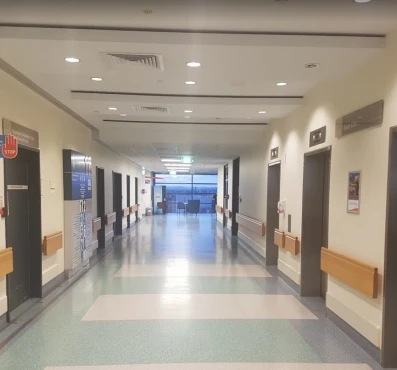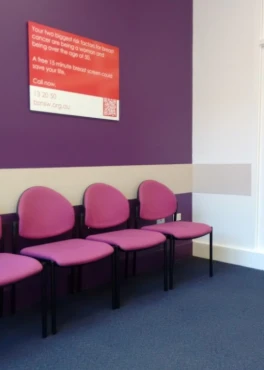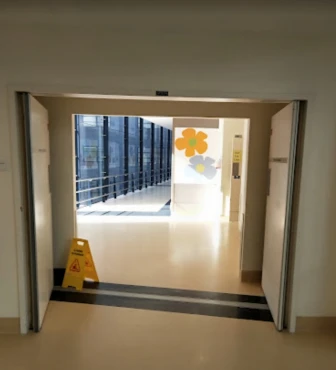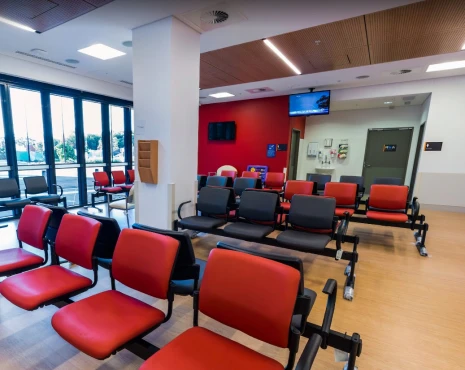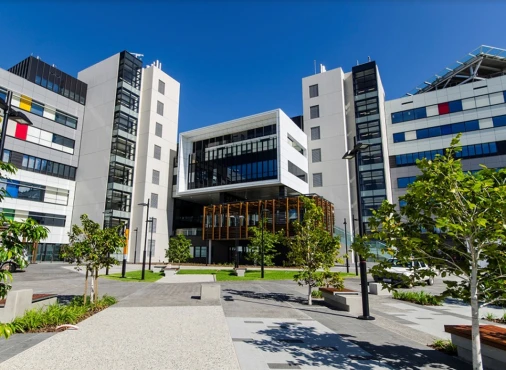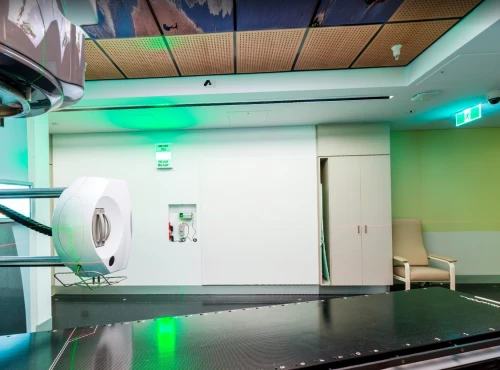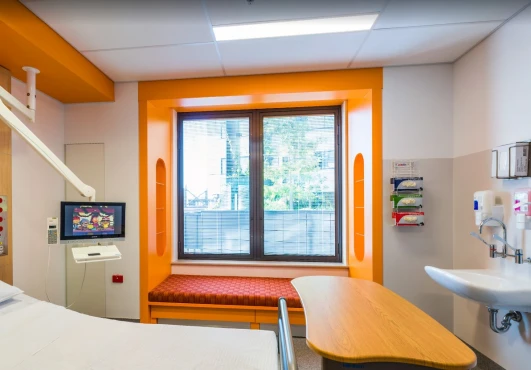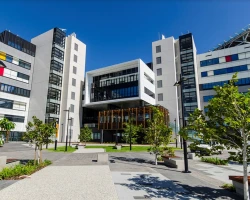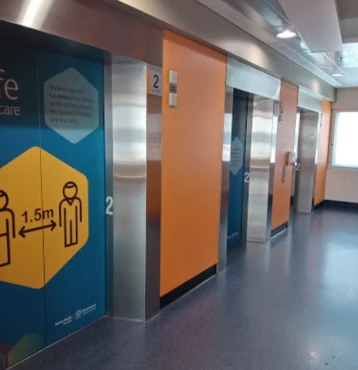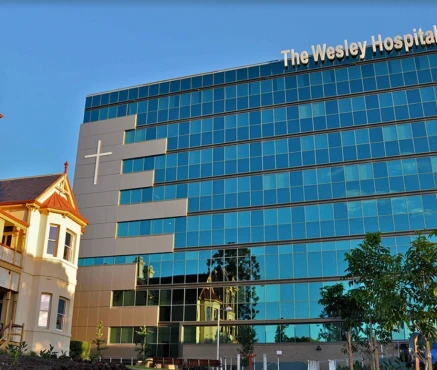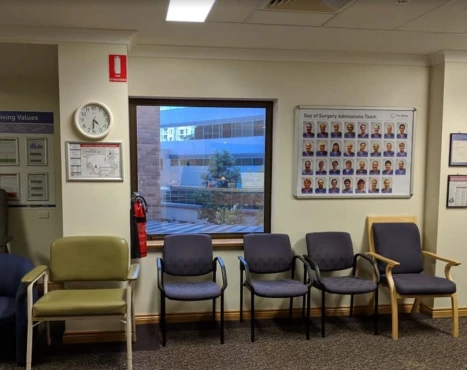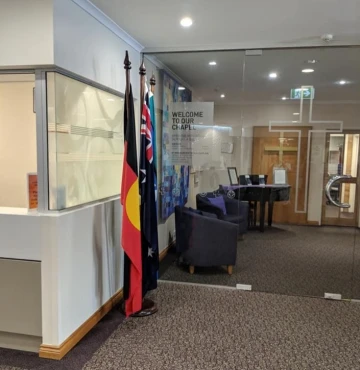Heart failure treatment in 5 Cardiac surgery clinics in New Zealand
5 clinics specializing in Cardiac surgery providing treatment of
Heart failure
Heart failure is a chronic condition where the heart cannot pump blood effectively to meet the body's needs. It results in symptoms such as shortness of breath, fatigue, fluid retention, and reduced exercise tolerance.
Read more...
disease in New Zealand.
Sorted by:
Relevance
Rating
Relevance
Prices for popular procedures:
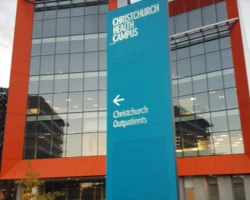
Christchurch, New Zealand
Specializations: Cardiac surgery, Vascular surgery, Neurosurgery, Spine surgery, Orthopedic surgery, Oncology
Christchurch Hospital is the largest tertiary, teaching and research hospital in the South Island of New Zealand and provides a full range of emergency, acute,
read more
Prices for popular procedures:

Auckland, New Zealand
Specializations: Cardiac surgery, Vascular surgery, Thoracic surgery, Neurosurgery, Spine surgery, Orthopedic surgery, Oncology
Languages: Arabic, Burmese, Chinese, English, French, Hindi, Korean, Russian, Samoan, Vietnamese
Auckland DHB is the Government’s funder and provider of health services to the 494,000 residents living in the Auckland district. We are the fourth largest
read more
Prices for popular procedures:
Prices for popular procedures:
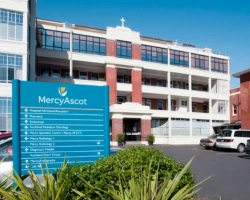
Auckland, New Zealand
Specializations: Cardiac surgery, Vascular surgery, Thoracic surgery, Neurosurgery, Spine surgery, Orthopedic surgery, Oncology
Every day, across all three of our sites (Mercy Hospital in Epsom; Ascot Hospital in Remuera, and our Endoscopy clinics in Epsom and in Takapuna,
read more
Prices for popular procedures:
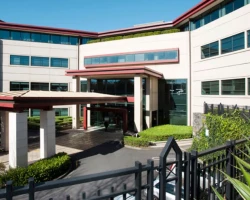
Auckland, New Zealand
Specializations: Cardiac surgery, Vascular surgery, Thoracic surgery, Neurosurgery, Spine surgery, Orthopedic surgery, Oncology
Every day, across all three of our sites (Mercy Hospital in Epsom; Ascot Hospital in Remuera, and our Endoscopy clinics in Epsom and in Takapuna,
read more
Relevant clinics
Perhaps you should consider the following relevant clinics we have found basing on your Location, Specialization, Disease filters applied.
Prices for popular procedures:
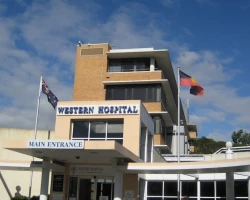
Footscray, Australia
Specializations: Cardiac surgery, Vascular surgery, Thoracic surgery, Neurosurgery, Spine surgery, Orthopedic surgery, Oncology
Footscray Hospital is an acute teaching hospital with approximately 290 beds (following recent relocation of a number of services to Sunshine Hospital). It provides the
read more
Prices for popular procedures:
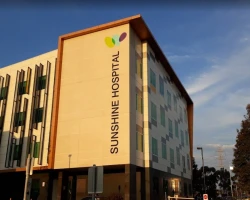
Saint Albans, Australia
Specializations: Cardiac surgery, Thoracic surgery, Neurosurgery, Orthopedic surgery, Oncology
Sunshine Hospital is an acute and sub-acute teaching hospital with approximately 600 beds(including Mental Health beds managed by North West Mental Health). Sunshine Hospital has
read more
Prices for popular procedures:
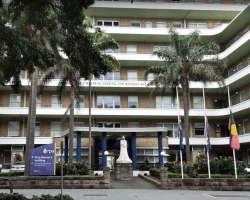
Camperdown, Australia
Specializations: Cardiac surgery, Vascular surgery, Thoracic surgery, Neurosurgery, Spine surgery, Orthopedic surgery, Oncology
Languages: Portuguese, Russian, Turkish
Royal Prince Alfred Hospital is one of Australia's premier tertiary referral hospitals and is recognised as a worldwide leader in healthcare excellence and innovation. RPA
read more
Prices for popular procedures:
Prices for popular procedures:
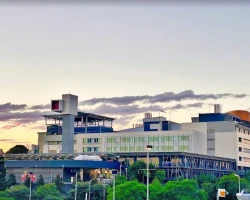
Woolloongabba, Australia
Specializations: Cardiac surgery, Vascular surgery, Thoracic surgery, Neurosurgery, Spine surgery, Orthopedic surgery, Oncology
Languages: English
Princess Alexandra Hospital (PAH) is a tertiary health care centre, providing care in all major adult specialties, with the exception of obstetrics. We are
read more
Prices for popular procedures:

Auchenflower, Australia
Specializations: Cardiac surgery, Vascular surgery, Thoracic surgery, Neurosurgery, Spine surgery, Orthopedic surgery, Oncology
For generations of Queenslanders, The Wesley Hospital in Brisbane has provided care through life’s journey — from birth into childhood, to adulthood and to end
read more
Clinics grouping by rating
Clinic with the highest rating of 4 — MercyAscot Epsom, Mercy Hospital in Auckland, New Zealand, clinic with the most reviews number of 558 — Auckland City Hospital in Auckland, New Zealand.
With rating 4.0 and over — 1 clinic .
Countries with the highest number of clinics treating the diseases:
Heart failure:
worldwide
773 clinics
Brazil
47 clinics
Germany
47 clinics
India
41 clinics
Mexico
35 clinics
Colombia
32 clinics
Related procedures:
Procedures are likely to be used for Heart failure treatment:
Cardiac catheterization,
Cardiac resynchronization therapy with defibrillator (CRT-D),
Cardiac resynchronization therapy with pacemaker (CRT-P),
Change of defibrillator,
and
Coronary catheterization
.
